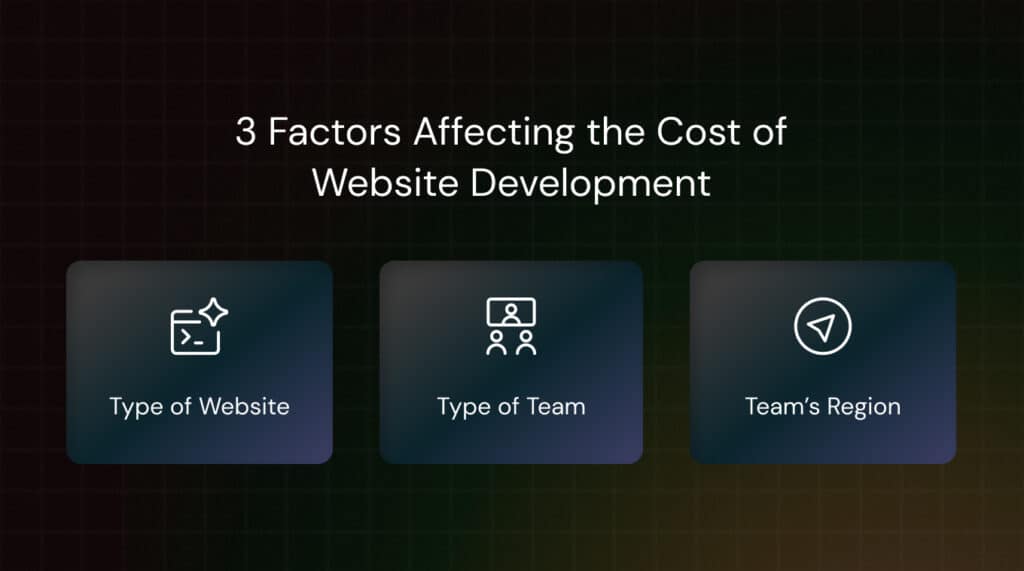The landscape of the digital world is constantly shifting, with websites becoming increasingly complicated and content-packed. It is impossible to stress the significance of having a sitemap in light of all this complexity. A sitemap is a blueprint of a website that assists users and search engines in more successfully navigating the site. Its purpose is to help users navigate the site. This article explores the reasons why every website should have a sitemap, focusing on the most important benefits and best practices that will ensure the greatest possible performance for the website.

Understanding Sitemaps
What is a Sitemap?
There is a file known as a sitemap that contains information on the pages, videos, and other files that are present on a website, as well as the connections that exist between these items. Web sitemaps can be broken down into two primary categories: XML sitemaps and HTML sitemaps. The content of websites can be indexed more effectively with the use of XML sitemaps, which are developed specifically for search engines. On the other hand, HTML sitemaps are versions that are user-friendly and designed to assist visitors in locating particular pages on a website. https://diversewebsitedesign.com.au/sitemap/
Types of Sitemaps
It is absolutely necessary to have XML sitemaps in order to perform search engine optimization (SEO). Even if the internal linking structure of your website is not ideal, they guarantee that search engines such as Google and Bing will be able to identify and index all of the important pages on your website.
HTML sitemaps are designed to improve the user experience by giving a thorough and structured list of pages on your website. This list makes it easier to navigate the website.
Key Benefits of Sitemaps
Enhanced Search Engine Optimization (SEO)
One of the most important advantages of having a sitemap is the impact it has on search engine optimization. Search engines are able to crawl and index your website more effectively with the assistance of sitemaps, which provide a detailed map of the structure of your website. Because of this, search ranks are enhanced, and visibility is increased.
Sitemaps ensure that all key pages are indexed by search engines, hence lowering the likelihood that pages will be missed owing to inadequate internal linking. This results in improved crawl efficiency.
When it comes to prioritizing material, you may use sitemaps to show the value of certain pages, which will assist search engines in determining which content is the most valuable.
Better User Experience
By making it simpler for site users to locate the information they are looking for, a sitemap that is well-structured increases the quality of the user experience. This is of utmost significance for huge websites that contain a substantial amount of subject matter.
Sitemaps in HTML make it easier for users to navigate the website by providing them with a concise and well-organized list of pages. This helps users save time and effort while searching for specific information.
In terms of accessibility, sitemaps have the potential to enhance site accessibility, making it possible for all users, including those with impairments, to explore your website in an efficient manner.

Efficient Content Management
Content management is another area in which sitemaps are quite important. In addition to providing a full picture of the structure of the website, they make it much simpler to maintain and change the content.
An Overview of the Content A sitemap provides you with a bird’s-eye perspective of the content on your website, which assists you in locating unnecessary gaps and redundant information.
When adding new material or making structural changes, a sitemap ensures that all alterations are appropriately reflected, hence keeping the integrity of the site. This simplifies the process of updating the site.
Boosted Site Performance
Through their ability to facilitate effective indexing and enhance user navigation, sitemaps have the potential to indirectly improve the overall performance of your website. Enhanced user experience can lower bounce rates and boost engagement, while faster detection and indexing by search engines can lead to speedier changes in search results. Both of these metrics are important for search engine optimization.
In order to create sitemaps, it is important to follow best practices.Keep It Straightforward and All-Encompassing
Best Practices for Creating Sitemaps
Keep It Simple and Comprehensive
Include All Important Pages: Ensure that your sitemap includes a listing of all important pages, including those that are not easily accessible through the primary navigation.
Avoid Overcrowding: Although it is essential to be comprehensive, you should avoid including pages that are not necessary and do not provide anything of value to the structure of your website.
Update Regularly
You should make sure that a sitemap is a living document that changes along with your website. Maintaining your sitemap with regular updates ensures that it continues to be accurate and useful.
Whenever you add or remove pages, you should update your sitemap to reflect these changes. This is because structural changes are reflected in the sitemap.
Errors should be monitored: Check your sitemap on a regular basis for any problems or broken links, and make sure you fix them as soon as possible.
Use Automated Tools
Making use of automated technologies can make the process of producing and maintaining sitemaps more straightforward when done. Sitemap generators are included into a number of content management systems (CMS) and search engine optimization (SEO) applications.
Plugins for Content Management Systems: Platforms such as WordPress offer plugins that can automatically produce and update sitemaps based on the content available on your website.
Tool for Search Engine Optimization: Tools such as Google Search Console offer capabilities that allow for the generation and submission of sitemaps, ensuring that they are always up to date.
Submit to Search Engines
Immediately following the creation of your sitemap, it is essential to forward it to the major search engines. Performing this action guarantees that your sitemap will be recognized and utilized during the indexing process.
It is recommended that you submit your sitemap through Google Search Console in order to increase the visibility of your website on Google.
Bing Webmaster Tools: In a similar manner, apply Bing Webmaster Tools to submit your sitemap in order to improve its indexing on Bing.
Conclusion
Every website needs to have a sitemap in order to be successful in this day and age, when there is a lot of competition for internet visibility. Not only does it improve search engine optimization and the user experience, but it also helps with inefficient content management and raises the overall efficiency of the website. You will be able to ensure that your website receives the full benefits from this powerful tool if you adhere to best practices such as maintaining a sitemap that is both basic and thorough, updating it on a regular basis, utilizing automated tools, and submitting it to search engines. A sitemap is a modest step that can generate substantial results, making it an essential component of any successful website strategy. Investing time and effort in building and maintaining a sitemap is a small step that can offer significant returns.





